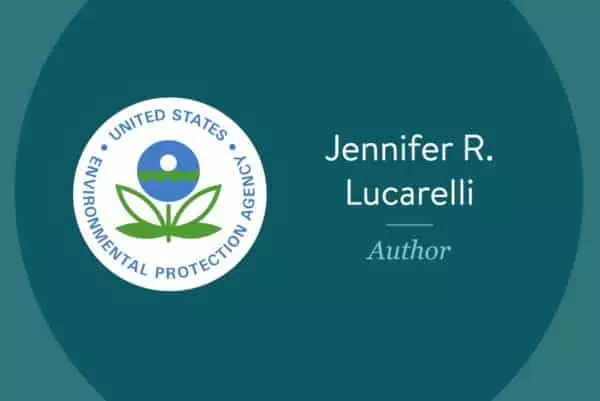
Since its inception in 1970, the Environmental Protection Agency (EPA) has been analyzing the societal and environmental impacts of asbestos. The agency has done its best to regulate the toxic mineral throughout the years, issuing a series of regulations and embarking on a failed attempt in the late 1980s to ban asbestos use in the United States. Nearly thirty years after the EPA’s failed asbestos phase out, the agency is taking another look at the mineral to determine the best possible course of action.
In 2016, asbestos was included in the first round of chemical evaluations introduced as part of the amended Toxic Substances Control Act. However, to much concern, the agency omitted millions of tons of asbestos already found in homes and buildings across the United States. By removing these “legacy uses” from the study, it has narrowed the scope of hazardous asbestos exposure drastically, encompassing only a few hundred tons currently used by the chlor-alkali industry.
Although there is concern from health organizations and environmentalists about the narrowed scope of the evaluation, other recent developments continue to raise questions regarding the role of asbestos in American manufacturing.
A Difficult Road Ahead
In early June, the agency proposed what it calls a Significant New Use Rule, or SNUR, that may potentially open up opportunities for manufacturers to produce new asbestos-containing materials. In a notice filed to the Federal Register, the proposed SNUR would apply to products that are no longer in production. On that list are items like millboard, roofing felt, vinyl-asbestos floor tiles, and many other building materials.
Asbestos was at one time a popular choice for builders and manufacturers because it was cheap, durable, and chemically inert. It wasn’t until years later that its ties to debilitating and often fatal diseases, like mesothelioma, were discovered and later taken into consideration. The mineral is still included in the manufacturing of certain construction materials, but only in very small amounts. Federal law caps the amount of asbestos used in newly-manufactured products at one percent.
In situations where a manufacturer or importer would like to use asbestos for any of the materials that are no longer being produced, they would have to alert the EPA at least 90 days prior to starting. The time frame allows the agency to evaluate the application and determine whether or not it will be acceptable.
According to an informational document issued by the agency, the proposed SNUR “broadens EPA’s restrictions on asbestos products. EPA is proposing to ensure that manufacture, import, or processing for the currently unregulated new uses identified in the SNUR are prohibited unless reviewed by EPA. EPA’s proposed new review process empowers EPA to take action, including prohibiting or limiting its intended use.”
Drawing a Different Conclusion Regarding Asbestos
While the EPA contends the proposed rule gives it more latitude to monitor and prevent asbestos-containing products from re-entering the market, critics claim the move doesn’t go far enough. Some claim that because the SNUR targets products already not in production, those applications might as well be banned.
The proposed SNUR is also drawing public ire, as the overwhelming majority of comments received by the agency during its comment period were against any form of regulation that could loosen the strings on asbestos production. Most implore the EPA to ban the mineral, citing that the 90-day notification system keeps the door open for more production to occur, rather than less.
Additional concerns raised during the comment period include the longstanding notion that there is no amount of acceptable exposure to the toxin, and that allowing any asbestos applications puts public health at risk. Though the bulk of the comments have come from anonymous sources, many hit the same notes and stressed the same issues that have been in play for several decades.
It is incredibly difficult to determine what will happen with the proposed SNUR, but the public backlash has been well-documented. In the meantime, the EPA is still evaluating the public health risks associated with asbestos exposure and should have the final reports completed by the end of 2019.



